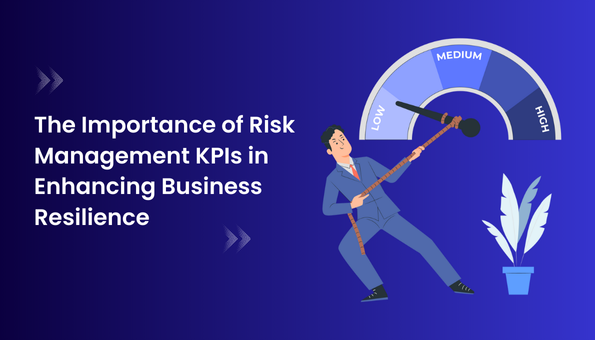The Critical Importance of Risk Management in Monetary Decision Making
The Critical Importance of Risk Management in Monetary Decision Making
Blog Article
The Value of Recognizing the Importance of Risk Management in Numerous Industries

The Core Principle of Risk Management and Its Objective
Risk Management, the keystone of several sectors, rests on the recognition, examination, and mitigation of uncertainties in a company setting. It is an indispensable technique that allows companies to secure their assets, credibility, and total survival. By properly determining prospective risks, organizations can establish methods to either avoid these risks from happening or reduce their effect. The evaluation procedure includes analyzing the possibility and possible extent of these risks. The mitigation process involves devising approaches to lower their possible impact when threats have actually been recognized and reviewed. This process is intermittent and continuous, making certain that organizations are planned for the ever-changing nature of Risk in different industries. The key objective, hence, is to promote durability in the middle of uncertainties.
Advantages of Implementing Risk Management in Organization Operations

Introducing the Duty of Risk Management in Different Industries
While every sector challenges its unique set of threats, the application of Risk Management techniques stays a typical in their pursuit of sustainability and development. In the medical care sector, Risk Management involves ensuring individual safety and data protection, while in financing, it involves mitigating financial investment risks and guaranteeing governing useful reference compliance. Eventually, the role of Risk Management throughout industries is to identify, evaluate, and reduce dangers.
Real-life Instance Researches Showing Successful Risk Management
To recognize the significance of Risk Management in these numerous sectors, one can look to several real-life instances that highlight the successful application of these steps. Toyota, publish the 2011 quake in Japan, revised its supply chain Management to reduce disturbance risks. These instances demonstrate just how markets, learning from situations, efficiently used Risk Management techniques to minimize future threats.
Future Fads and Developments in Risk Management Methods
Cybersecurity, when an outer worry, has actually catapulted to the center of Risk Management, with strategies focusing on detection, response, and prevention. The integration of ESG (Environmental, Social, Governance) aspects right into Risk Management is another growing fad, showing the increasing recognition of the duty that social and ecological dangers play in company sustainability. Hence, the future of Risk Management lies in the fusion of advanced modern technology, ingenious methods, and an all natural method.
Verdict
In verdict, comprehending the value of Risk Management across a range of industries is vital go to this website for their durability and prosperity. Eventually, effective Risk Management adds to a lot more sustainable and resilient companies, highlighting the relevance of this technique in today's vibrant and highly competitive company environment.
While every industry challenges its distinct collection of dangers, the application of Risk Management techniques stays a common denominator in their search of sustainability and development. In the health care industry, Risk Management entails making sure individual security and data defense, while in money, it includes mitigating investment dangers and making sure regulatory compliance. Eventually, the function of Risk Management across sectors is to recognize, assess, and minimize dangers. These instances show exactly how industries, discovering from dilemmas, properly used Risk Management techniques to reduce future dangers.

Report this page